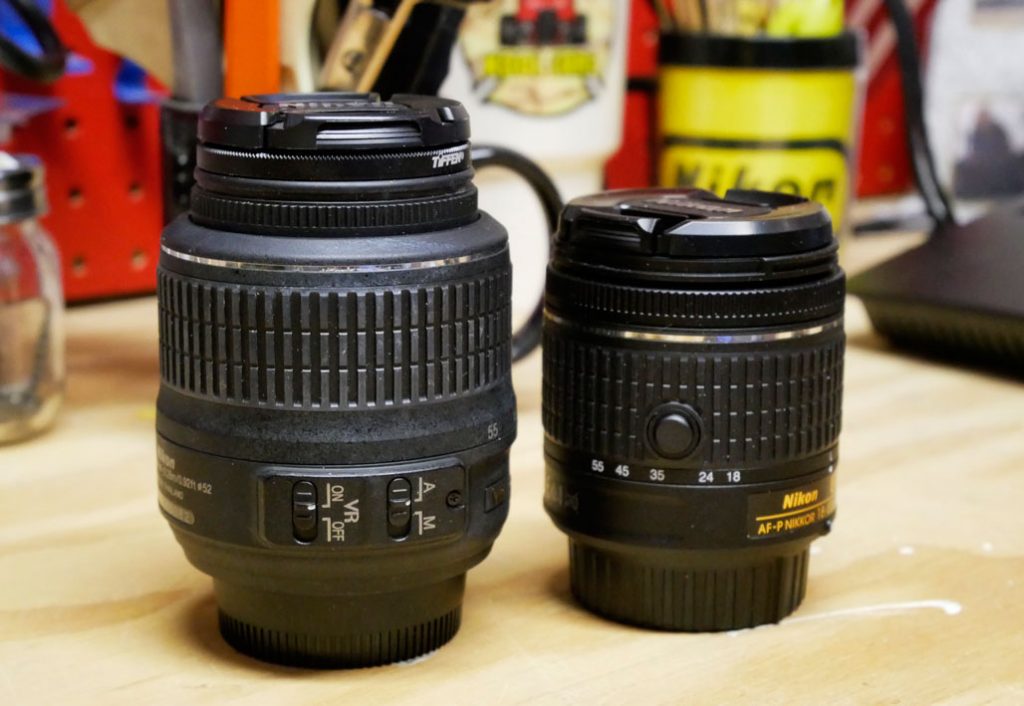Today’s Post by Joe Farace
Whenever I test lenses, like the Tamron 35-150mm f/2.8-4 Di VC OSD that I recently reviewed for Shutterbug, I always give them the classic brick wall test. And more often than not, I find that some kind of spherical aberration is present, even with relatively expensive lenses.

If you’re not familiar with spherical aberration, here’s a quick review: Spherical aberration is found in optical systems, like camera lenses, that use elements with spherical surfaces. Lenses are typically made using glass elements that have spherical surfaces because this shape is easier to form than non-spherical curved surfaces. Spherical aberration occurs when light rays that strike a spherical surface off-center are refracted or reflected more or less than those that striking close to the center. Improvements in design and manufacturing, including the use of aspherical lens elements can correct spherical aberration but these lenses can be expensive to manufacture.
 Correcting this a problem that even Isaac Newton couldn’t solve. According to Gizmodo blog, all that’s about to change. Here’s an edited version of what they had to say… After months of work, Rafael G. González-Acuña, a doctoral student at Mexico’s Tecnológico de Monterrey, came up with an equation that provides an analytical solution for counteracting spherical aberration.
Correcting this a problem that even Isaac Newton couldn’t solve. According to Gizmodo blog, all that’s about to change. Here’s an edited version of what they had to say… After months of work, Rafael G. González-Acuña, a doctoral student at Mexico’s Tecnológico de Monterrey, came up with an equation that provides an analytical solution for counteracting spherical aberration.
For lens makers, González-Acuña’s equation provides a blueprint for designing lenses that eliminate spherical aberration. And, according to Gizmodo, “it doesn’t matter the size of the lens, the material it’s made from, or what it will be used for, this equation will spit out the exact numbers needed to design it to be optically perfect.” This will allow companies to design and manufacture simpler lenses with fewer elements with improved image quality. The first question that pops into my mind is, will that make these kinds of lenses cheaper? Just off the top of my head, I think the answer to that is a BIG no.
The second question I have is: Is the NIH factor so strong with lens designers that they won’t take advantage of this information? I think there’s a good chance that the answer to this problems is a BIG yes but I’m betting that some resourceful designers will look for ways to make it work. Hopefully we’ll all find out sooner or later, hopefully sooner.
If you enjoyed today’s blog post and would like to treat me to a cup of Earl Grey tea ($2.50), click here. And if you do, thank you very much.